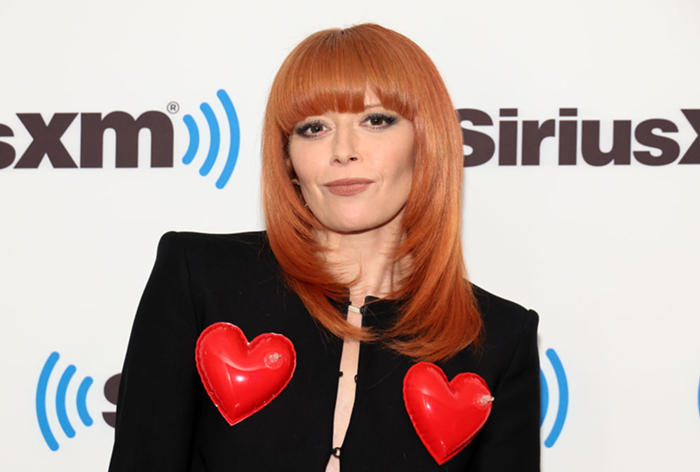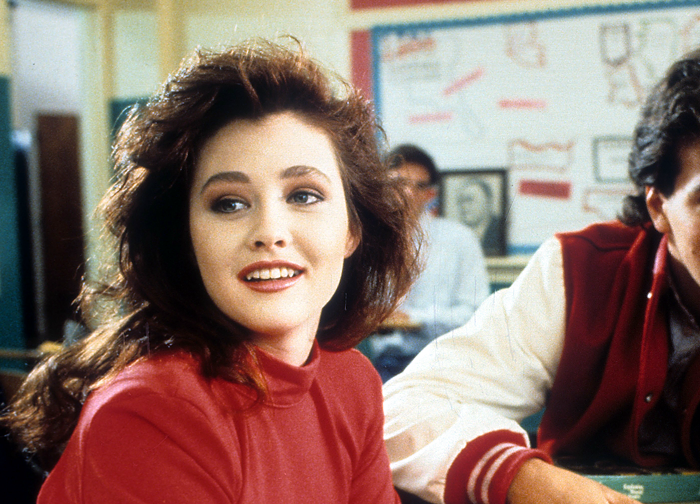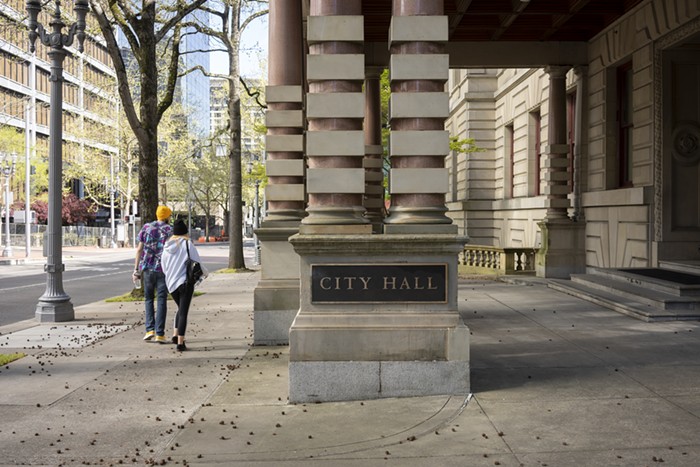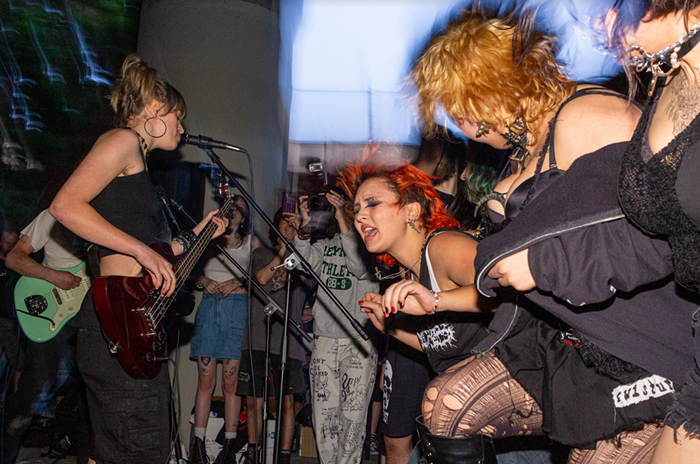Michael Brophy
Laura Russo Gallery, 805 NW 21st, through Nov 26
With a traveling retrospective currently on display at the Tacoma Art Museum, and a seemingly Twin Peaks-inspired cover for Sleater-Kinney's The Woods, Michael Brophy is gaining more and more exposure, bolstering his reputation as the quintessential painter of the Pacific Northwest. Rendered in a grandiose and romantic style, his work faithfully depicts the region's towering trees, cascading valleys, and snaking waterways along with the range of characters that haunt these spaces, from backpackers to real estate developers. However, Brophy's quirky wit ensures that his paintings playfully upend traditional notions of regionalism and point outward with references to romantic painting. On the one hand, his paintings clearly celebrate the Northwest's natural beauty, capturing the sublimity of mountaintop vistas and endless green. But in numerous paintings of clear-cut timber stands, he portrays our forests as sites of desolation, rather than idyllic landscapes. This sense of desolation is especially apparent in his new series of sumi ink drawings at Laura Russo Gallery.
Stripping his typically lavish and colorful oil palette down to austere monochrome, Brophy's new works are at once more gestural, with sweeping slashes of ink, and subdued, through bleak and pensive scenes. In "Snow Pack," a ruler measures snowfall at just shy of three-feet-deep, while shadowy trees lurk in the background. The pilings that poke out from the water in "River" reveal the remnants of a pier. Brophy's settings are stark and deserted; nature has erased humanity's footprints—quite literally represented in "Snow Pack." In the one drawing that includes a human, we see one of Brophy's familiar figures: an outdoorsman, clad in collared shirt and ball cap, with a pack slung over his shoulder and his back to the viewer. This recurring figure often faces some elemental embodiment of the romantic sublime, such as a river flowing through a valley in 2000's "Water." Here, the figure—wading in water, his reflection rippling behind him—faces a blank field of unused paper. It's not hard to see it as a gray and washed-out winter sky, but it might also be the ultimate representation of an encounter with natural beauty, an experience that no image could articulate.












